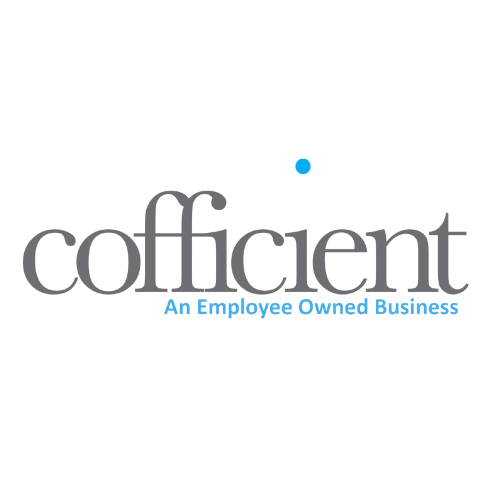
How To Create a Better Year End Close
When it comes to running your year end close, you have probably been using one or more of these three main options:
- Working within your ERP
- Using a business intelligence (BI) solution
- Extracting data and dumping it into Excel
These strategies often lead to low confidence in your year-end reports – and high levels of frustration. ERP solutions are designed for capturing and recording transactions but a lot don’t offer comprehensive reporting tools. The export process that prepares ERP data for business intelligence software analysis risks introducing errors and is often difficult to validate; it’s also typically a process that can only be executed by people in IT, which shackles your timeframe to their availability.
Excel, the most commonly used tool to create year-end close reports, is not designed to serve as a database. Producing Excel reports requires building and rebuilding reports, tracking down errors and explaining variations in numbers. Too often, people input the same data and produce final reports with differing numbers. When you store data in an ERP and do reporting in Excel, you add an unavoidable layer of risk.
When creating year end reports, businesses need to know that they are working from an accurate, validated single source of truth. They also need to deliver reports speedily, and they need to measure success with the KPIs they consider relevant. A good year-end close is accurate, executed efficiently and filled with strategic insights. When you have the right tools, year-end close can be stress-free.
Getting It Right
A good financial management solution delivers accurate analysis, in real time, drawn from a single source of reliable data. It looks beyond the general ledger into subsystems to ensure appropriate payable and receivable reconciliation and the proper recording of revenue.
In addition, a good financial performance management system conducts broad checks to detect unusual activity or account statuses: debit accounts holding credits, credit accounts holding debits, manual entries in cash, and unusually large entries. It smooths out the user issues and system issues that cause inaccuracies and variances, eliminating that need to go back and perform multiple reversing entries to put everything in balance.
Getting Efficient
Efficiency is only achievable when you are getting things right; changes that improve your confidence in your data are the most important place to start. Once you gain that confidence, you can begin to look at doing things more quickly.
Financial management systems with automation capabilities can cut the time you spend performing repetitive tasks and free you up to focus on applying insights in strategic ways. Imagine the time you would save by executing an automatic reconciliation on a daily or weekly basis or automating audit prep based on the questions you know auditors usually ask you.
Another way to make your year end close (and month-end closes, too, for that matter) more efficient is to make everything more self-service. Again, this starts with getting it right by creating that single reliable data source; once that’s done, people can find the answers to finance and accounting questions on their own.
Picture auditors able to access appropriate information on their own rather than asking your team members to run reports. Imagine quiet phones as people use their self-service capabilities to drill down into the numbers on their own instead of calling you to follow up on every question they have.
Getting Strategic
When people pick up the phone to call your finance department, are they calling to ask for reports, or are they calling to ask for strategic advice and insights? A better year end close – and a better financial management software and processes – can change the way you interact with the business.
An accurate, efficient finance department manages exceptions as they happen, through alerts, instead of wasting time combing back through reports months after problems happen. It identifies key performance indicators that drive business, reports on performance relative to KPIs and devises scorecards and checkpoints that hold the business accountable throughout the year. It delivers forecasts based on refined models and seeds budgets with valid data, so they don’t start from scratch again and again.
What Success Looks Like
A great year-end close can lead to less money spent on audits, faster year-end reporting, higher confidence in numbers, and continuous processes that deliver better financial data throughout the year. Even better, finance takes on a strategic role instead of scrambling to fetch reports all the time. Every year-end close becomes a fast and accurate starting block for the coming year’s race.
Whatever your business needs, Cofficient has the perfect solution, With our expert knowledge, length of experience (Did you know we were one of the very first cloud partners in the UK?) and in-house technical know-how, we can tailor the right solution to fit your business like a comfortable glove!
We do that by working in close partnership with our customers, as if we are part of their companies. That helps our clients shoulder the business transformation and make the implementation easier. Our speciality is building competitive advantage and automating processes so your business runs smoothly and efficiently. Find out more.



